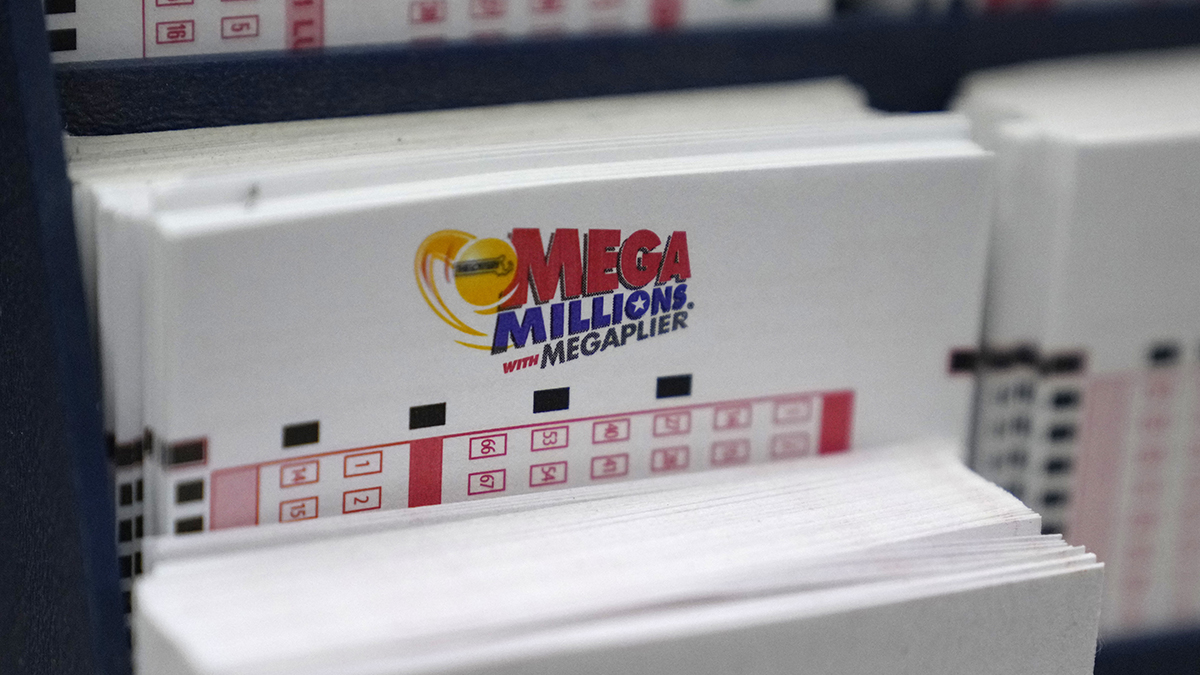
A salvage team on Saturday began assessing damage caused by a fire inside the remains of an overturned cargo ship that is being dismantled along the Georgia coast.
“The assessment is likely to take several days,” the multiagency command overseeing the demolition of the Golden Ray said in a statement.
WATCH ANYTIME FOR FREE
>Stream NBC10 Boston news for free, 24/7, wherever you are. |
The wreckage caught fire Friday as workers used torches to cut into the hull. Crews extinguished the blaze, which burned for several hours and sent up black smoke. No one was injured.
A giant crane being used to dismantle the ship was unhooked Saturday and shifted away from the site to allow for the damage assessments, officials said.
Get updates on what's happening in Boston to your inbox. Sign up for our >News Headlines newsletter.
Coast Guard Petty Officer 2nd Class Michael Himes, a spokesman for the multiagency command, said it was too early to know how much the fire might further delay efforts to remove roughly one-half of the shipwreck that remains partly submerged in St. Simons Sound.
The South Korean-owned Golden Ray measured 656 feet (199 meters) in length when it overturned on Sept. 8, 2019. A towering crane was brought in to straddle the wreck. It has been cutting the ship into giant chunks using 400 feet (122 meters) of anchor chain to tear through the hull like a blunt-edged saw.
An active 2020 hurricane season and the coronavirus pandemic kept demolition from starting until November. Though the job reached the halfway mark in April, progress has been slower than initially expected.
U.S. & World
The Golden Ray had roughly 4,200 vehicles in its cargo decks when it rolled onto its side shortly after leaving the nearby Port of Brunswick. Though four crew members had to be rescued from deep inside the ship, all 24 people on board survived.
A Coast Guard expert concluded the Golden Ray tipped over because unstable loading had left its center of gravity too high. Lt. Ian Oviatt testified at a hearing on the wreck last year that the ship lacked enough water in its ballast tanks, used to add weight at the bottom of a vessel, to offset that of the vehicles in cargo decks above.



